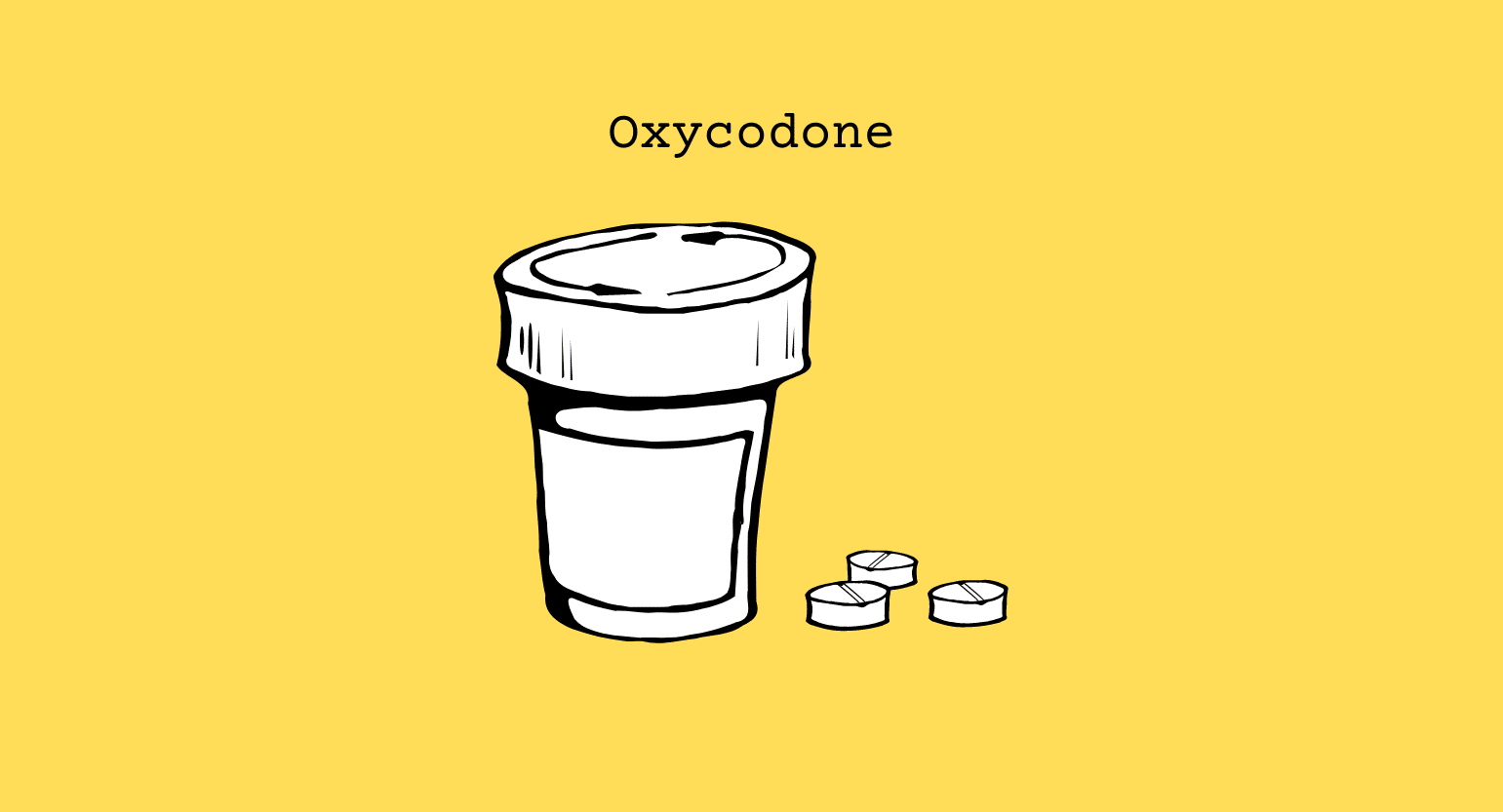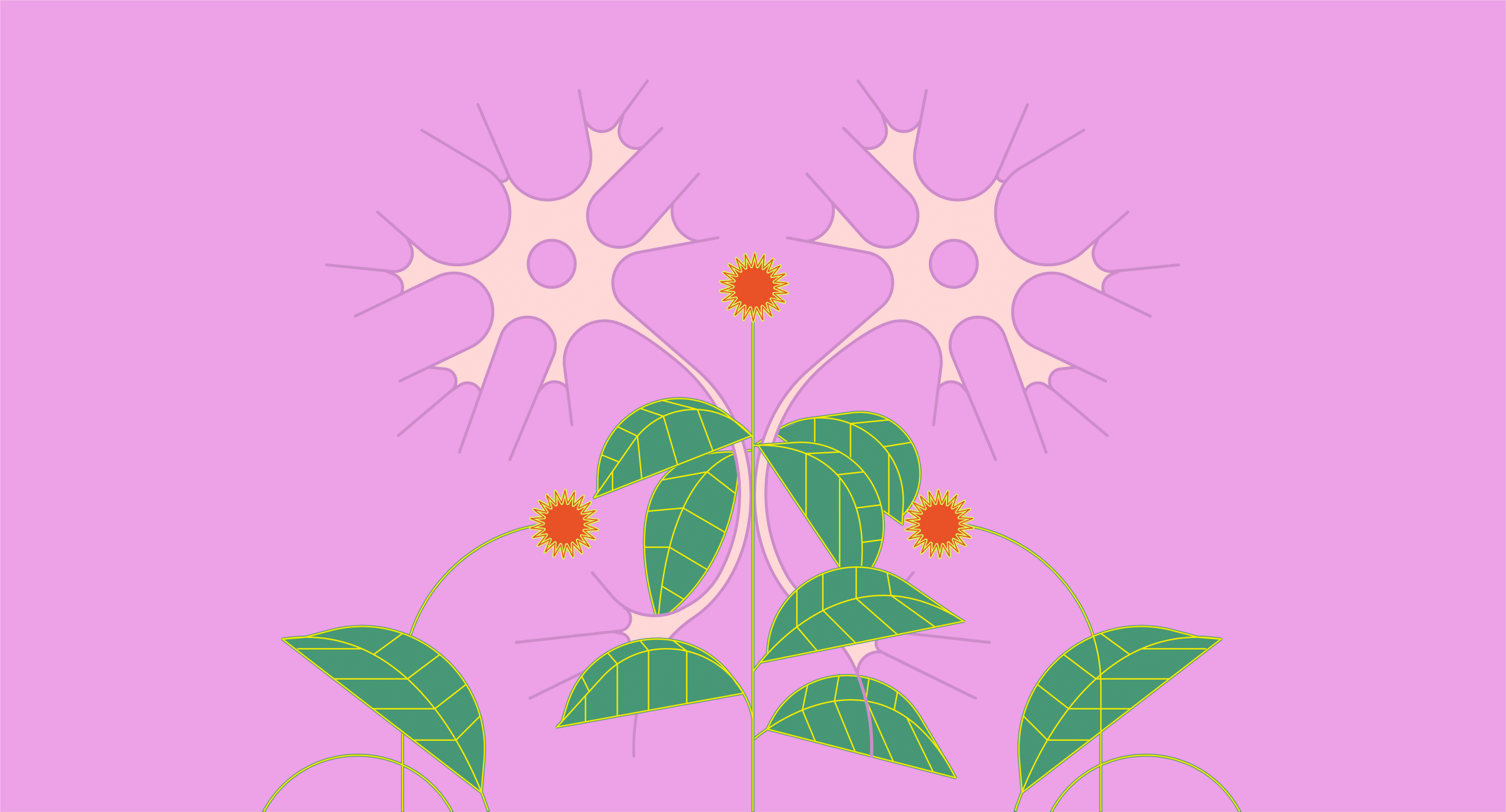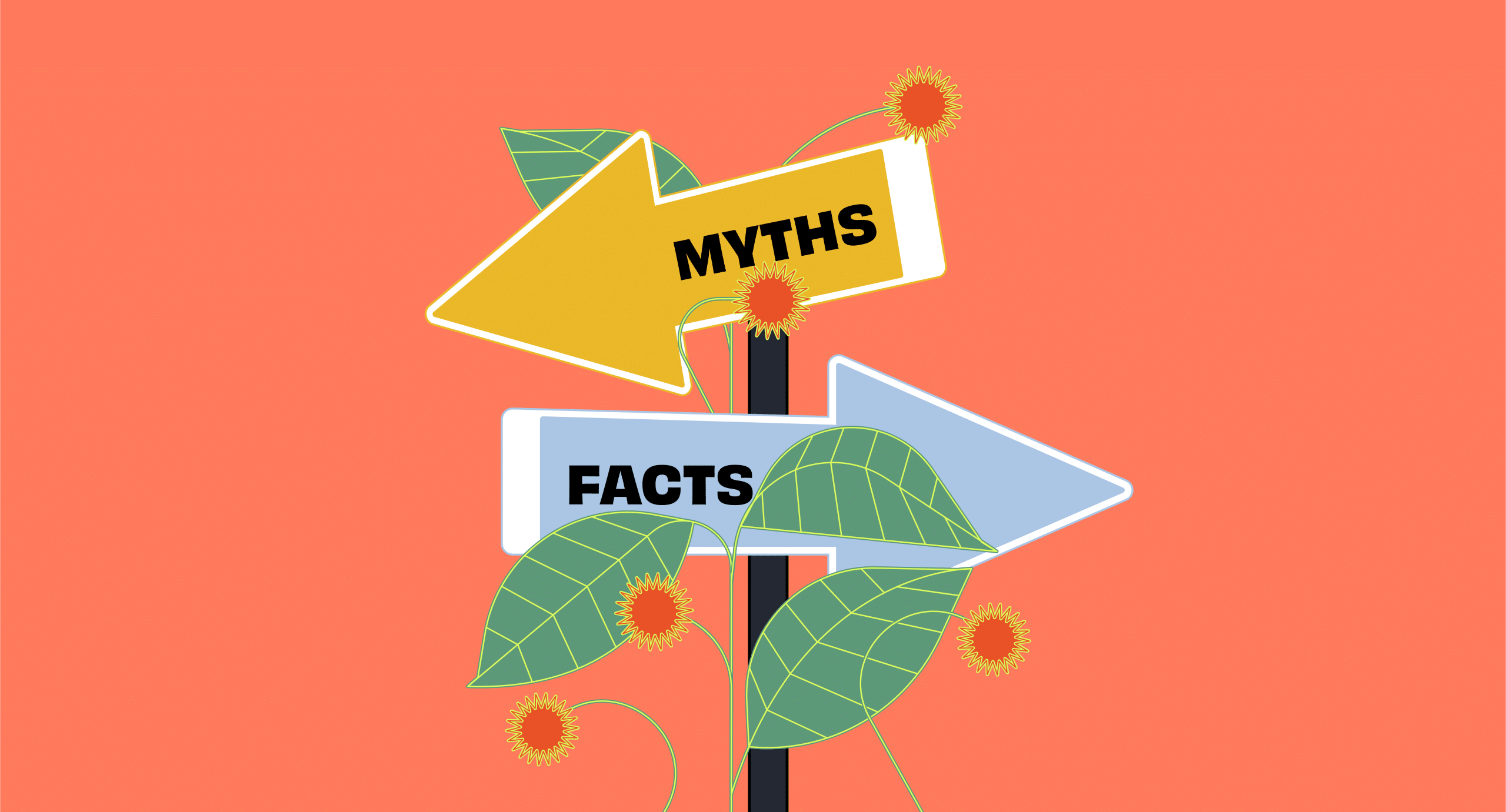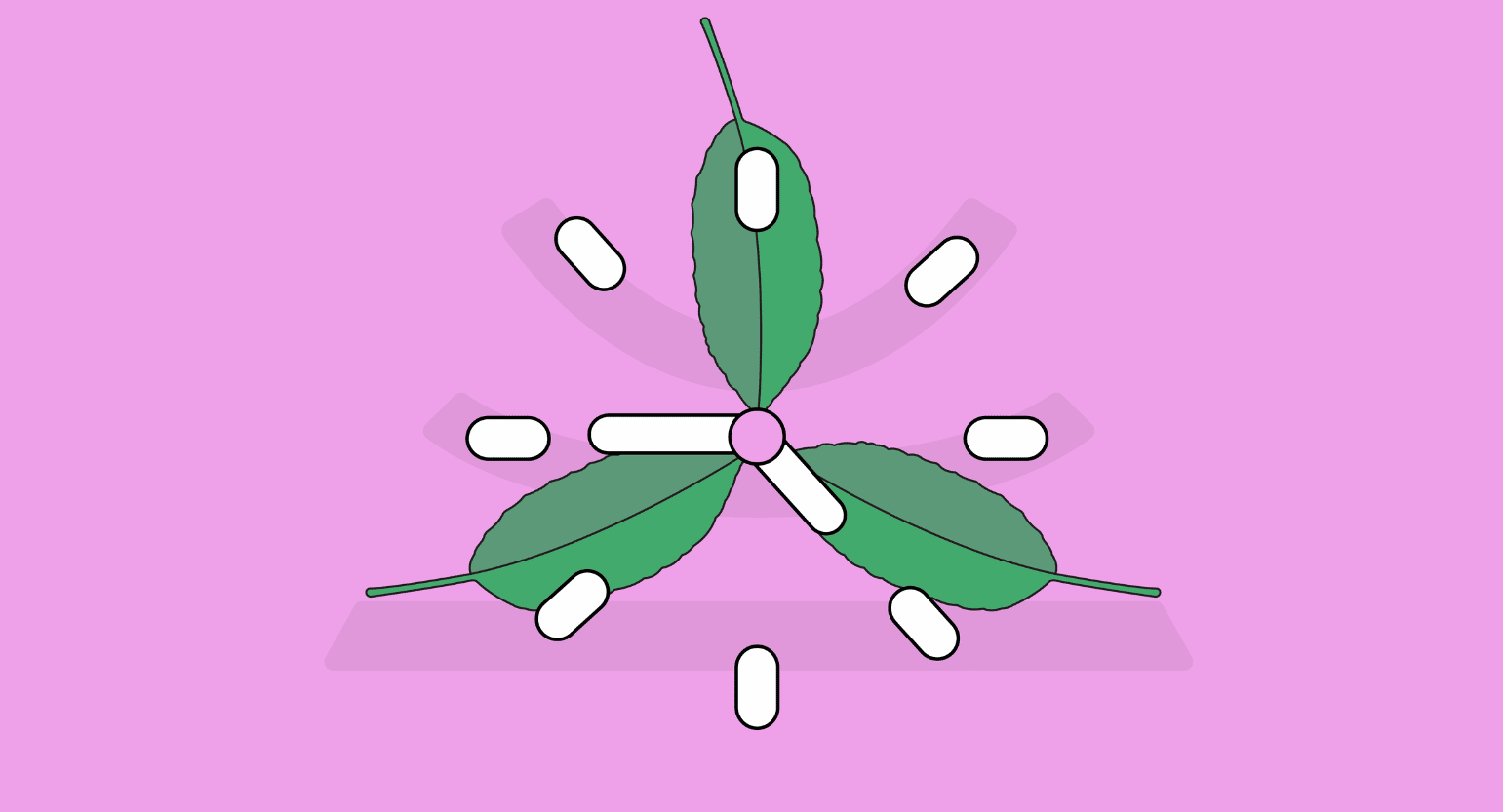Does Kratom Interact With Oxycodone (OxyContin)?
Yes. If you take kratom and oxycodone together, they will likely have a negative interaction.
Taking these substances together can increase the side effects of each. Oxycodone uses CYP3A4 as one of its major metabolic pathways [1].
Kratom also relies upon CYP3A4 during metabolization [2]. They also interact with opioid receptors, causing similar effects. Oxycodone and other opioids can slow breathing and cause extreme sleepiness.
Taking oxycodone and kratom together may increase your risk of overdosing. This becomes more notable when you take them together frequently.
Kratom & Opiate (Narcotic) Analgesics
Oxycodone and other opioids can change how the nervous system and brain respond to pain.
Any substance classified as an opiate (narcotic) analgesic is dangerous. Mixing opioids and kratom is NOT a good idea.
Always speak with your doctor before mixing any medications.
Other related opiates that kratom may interact with include:
- Codeine
- Fentanyl (Actiq, Abstral, Duragesic, Fentora)
- Hydrocodone (Hysingla, Zohydro ER)
- Hydrocodone/acetaminophen (Lorcet, Lortab, Norco, Vicodin)
- Hydromorphone (Dilaudid, Exalgo)
- Meperidine (Demerol)
- Methadone (Dolophine, Methadose)
- Morphine (Kadian, MS Contin, Morphabond)
- Oliceridine (Olynvik)
- Oxycodone and acetaminophen (Percocet, Roxicet)
- Oxycodone and naloxone

Is It Safe to Take Kratom With Oxycodone (OxyContin)?
No, it’s not safe to mix oxycodone with kratom.
Because these substances have an agonistic interaction, they can potentiate each other’s effects. This is very dangerous as it could cause you to overdose or even die.
Before mixing kratom and oxycodone, speak to your doctor first.
What is Oxycodone?
Oxycodone is an opiate analgesic that was first discovered in Germany in 1916. Later, in 1996, it was patented by Purdue Pharma L.P and introduced into the United States market [3]. Due to how well it can treat pain, this drug is on the List of Essential Medicines by the World Health Organization.
Oxycodone can treat chronic pain that doesn’t respond to other medications. It works well and doesn’t have as many side effects as morphine.
In the U.S., oxycodone has been approved to treat children as young as 11. As of 2019, it has become the 49th most popular prescription medication. More than 14 million people have an active prescription for oxycodone.
Oxycodone was responsible for 11.1% of all opioid deaths in Ontario [4].
Oxycodone Specs
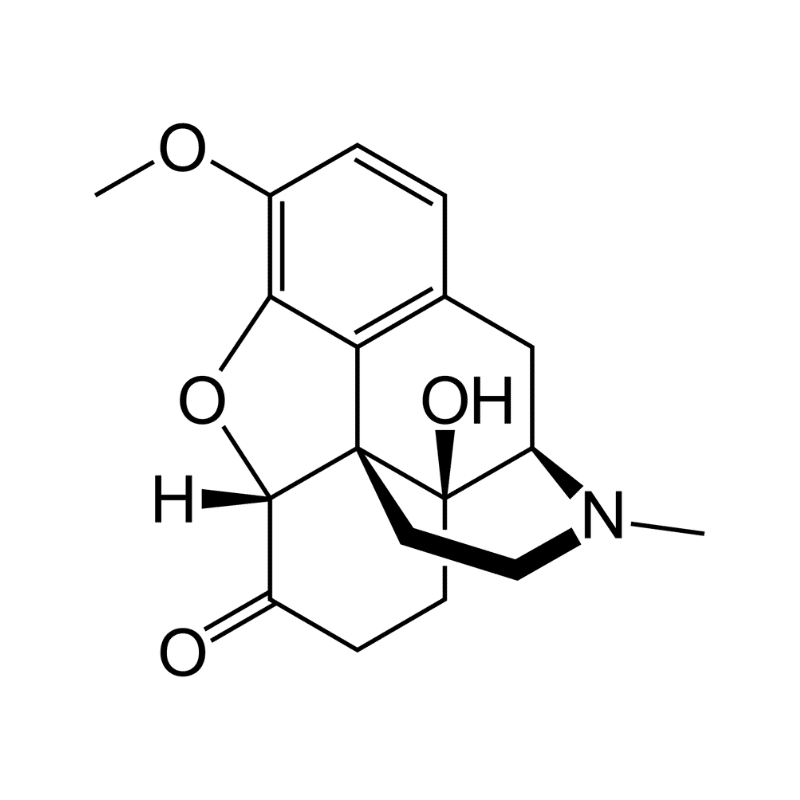
| Name | Oxycodone |
| Trade Name | Roxicodone, OxyContin, Oxaydo, & Xtampza ER |
| Classification | Opiate (narcotic) analgesics |
| CYP Metabolism | CYP3A4 and CYP2D6 |
| Interaction with Kratom | Agonistic interaction |
| Risk of Interaction | Moderate to high |
What is Oxycodone Used for?
Oxycodone is used for moderate to severe pain. Opioid withdrawal can occur if you stop taking it without weaning yourself off it.
What Are the Side Effects of Oxycodone?
If you are allergic to codeine, you may also be allergic to oxycodone.
Common side effects of oxycodone may include:
- Abdominal pain
- Anxiolysis
- Constipation
- Delayed gastric emptying
- Diarrhea
- Dizziness
- Dry mouth
- Dyspnea
- Euphoria
- Feelings of relaxation
- Hiccups
- Itching
- Loss of appetite
- Nausea
- Nervousness
- Reduced sensitivity to pain
- Respiratory depression
- Somnolence
- Sweating
- Urinary retention
- Vomiting
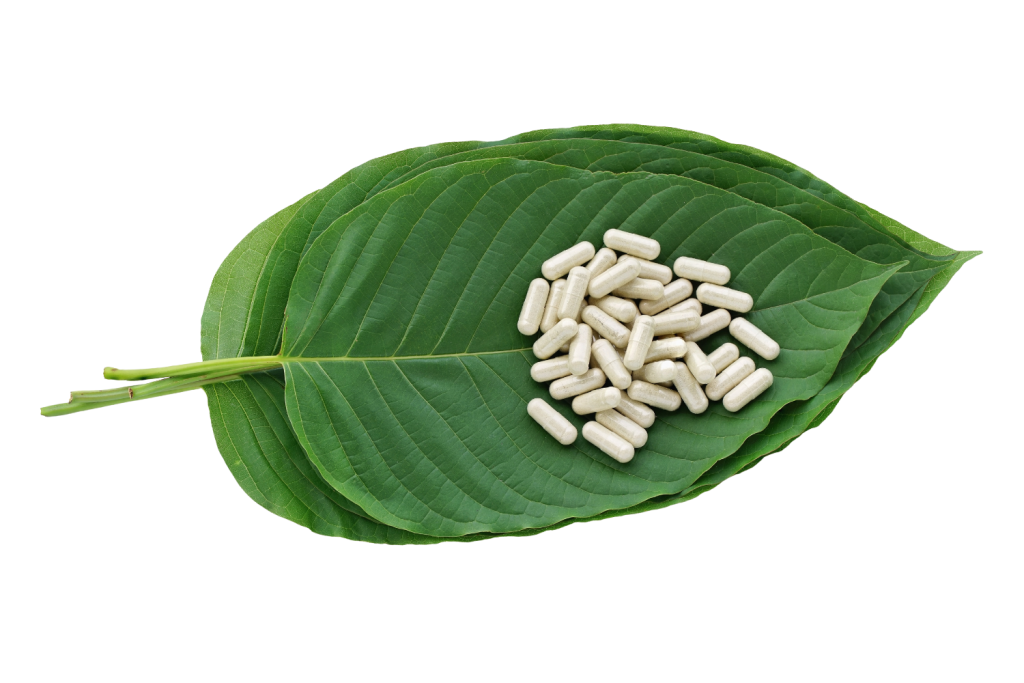
What Is Kratom?
Kratom (Mitragyna speciosa) is a plant from Southeast Asia that is part of the coffee family. In countries like Vietnam, Thailand, and Indonesia, indigenous people have used since the 19th century to combat fatigue and alleviate pain. Its leaves are chewed or dried and then powdered.
Depending on the dosage, kratom can cause stimulant-like effects or relaxant, pain-relieving properties. Because of this, it’s commonly used for opioid withdrawal, pain, and energy.
What’s Kratom Used for?
In Southeast Asia, kratom is still used as traditional medicine. It’s quickly becoming more popular in the rest of the world, primarily because of its pain-relieving and nootropic properties.
Some health benefits of kratom include:
- Alleviates chronic pain
- Alleviates symptoms of opioid withdrawal
- Boosts energy and focus
- May suppresses appetite
- Reduces anxiety & chronic stress
- Sleep-supportive
What’s the Dose of Kratom?
Considering factors like age, metabolism, and weight, the standard dose of kratom may vary from person to person. We recommend to start low (around 2 grams) and slowly increase the dosage until you find the desired effects.
General dosage guidelines for kratom include the following:
- Low-Dose Kratom (2–6 grams of dried powder)
- High-Dose Kratom (6–12 grams of dried powder)
There are plenty of ways to take kratom, including capsules, raw powder, tinctures, and concentrated extracts. If you want to try kratom powder, remember using a scale to weigh your dosage properly.
Related: How Long Should I Wait Between Kratom Doses?
What are the Side Effects of Kratom?
Kratom is well-tolerated by most users. Despite this, you may still experience one or more side effects. The best way to avoid these is by sticking with low amounts. The risk of side effects, including addiction, increases if you use too much kratom or too often.
Common side effects of kratom include:
- Anxiety
- Brain fog
- Cognitive impairment
- Constipation
- Dizziness
- Headaches
- Heart palpitations
- Lethargy
- Liver damage (with long-term use)
- Nausea
- Sedation
- Vomiting

What Are the Different Types of Kratom?
Kratom can be found in a wide variety of different strains. Each of these strains belongs to one of four classes: white, red, green, and yellow.
Here’s a quick run-down of the different kratom strain classes:
- White Vein Kratom — Best for concentration, energy, and focus. The effects are energizing and euphoric.
- Red Vein Kratom — Best for pain and sleep, fast-acting and potent. The effects are relaxing and numbing.
- Green Vein Kratom — Balanced between white and red (stimulating and sedating).
- Yellow Vein Kratom — Made from a combination of white kratom and other strains. The effects cover all ranges of the spectrum (stimulating or sedating).

Key Takeaways: Is it Safe to Mix Kratom & Oxycodone (OxyContin)?
Oxycodone and kratom should not be used together.
Due to their agonistic interaction, these two substances will likely increase each other’s effects. This could cause an overdose and death.
The longer you take oxycodone and kratom together, the greater your odds of suffering from severe side effects.
Speak to your doctor to find the best course of action. Never self-prescribe any medication.
- Löfdal, K. C. S., Andersson, M. L., & Gustafsson, L. L. (2013). Cytochrome P450-mediated changes in oxycodone pharmacokinetics/pharmacodynamics and their clinical implications. Drugs, 73(6), 533-543.
- Kamble, S. H., Sharma, A., King, T. I., León, F., McCurdy, C. R., & Avery, B. A. (2019). Metabolite profiling and identification of enzymes responsible for the metabolism of mitragynine, the major alkaloid of Mitragyna speciosa (kratom). Xenobiotica, 49(11), 1279-1288.
- Moradi, M., Esmaeili, S., Shoar, S., & Safari, S. (2012). Use of oxycodone in pain management. Anesthesiology and pain medicine, 1(4), 262.
- Dhalla, I. A., Mamdani, M. M., Sivilotti, M. L., Kopp, A., Qureshi, O., & Juurlink, D. N. (2009). Prescribing of opioid analgesics and related mortality before and after the introduction of long-acting oxycodone. Cmaj, 181(12), 891-896.


